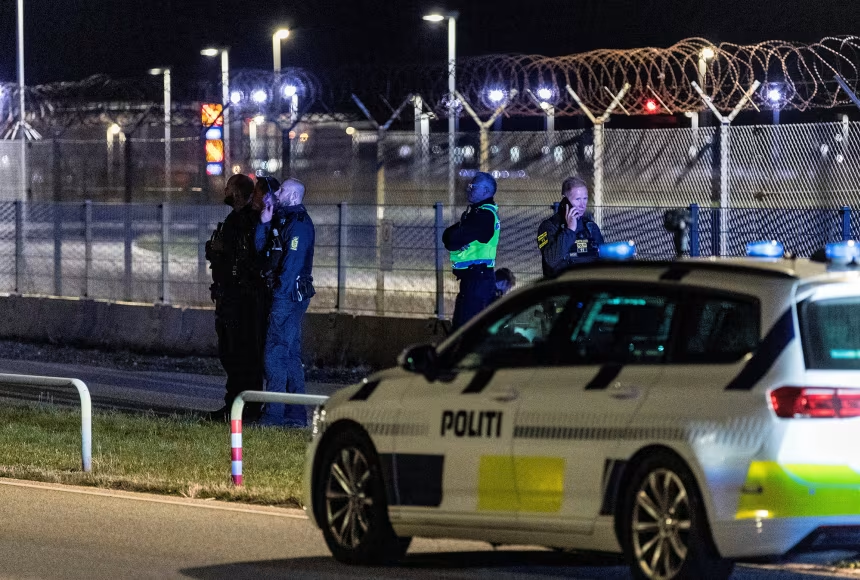Denmark is on edge after multiple drone incursion events over airports and military bases, events officials describe as a “hybrid attack.” The unmanned flights caused temporary shutdowns, raised alarm about infrastructure vulnerability, and stirred debate about national security in an era of low cost aerial threats.
The drones were spotted over at least four airports and near key military installations. Some flights occurred close to fighter jet bases, amplifying concerns that this was more than routine drone activity. The Danish government says the patterns suggest a coordinated operation by a professional actor intended to provoke fear and sow division.
Authorities chose not to shoot down the drones, citing risks to civilians and surrounding areas. The government is now fast tracking potential legislation that would grant airports and infrastructure operators more authority to counter unauthorized drone threats. Meanwhile Denmark has informed its NATO and EU allies, framing the events as linked to possible state‐sponsored interference.
This crisis highlights how small unmanned aerial devices are emerging as tools of hybrid warfare. When used strategically, they can disrupt civil life, signal weakness, and test the response mechanisms of overmatched defense systems. For Denmark and its allies, the challenge now is to adapt quickly: strengthen drone detection, improve coordination among security agencies, and build legal frameworks that balance civil safety with national defense.


